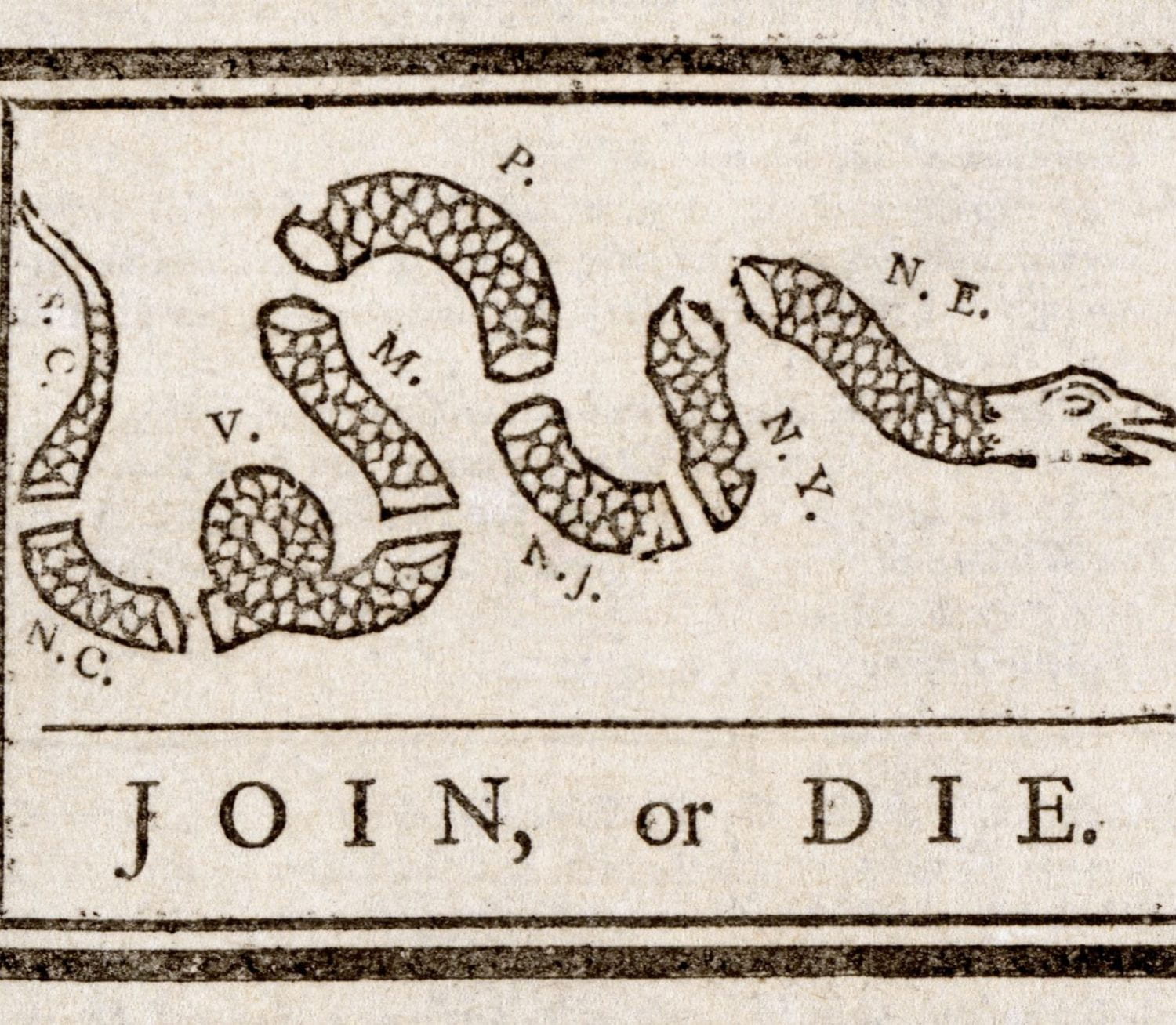By: Mallory Berry
My close friend is a Historic Preservation major, here at The College. I have spent plenty of hours sitting beside her, watching her screen while I did my own homework. Seeing her go into different databases, and look up historical documents always amused me, and part of me believed that I would never have to do that same research, as she did every day. However, through her I was able to really appreciate this search for documents.
I started my search for a document that related to the early United States, and quickly became fascinated with the idea of viewing primary documents from that time period. Seeing the cursive-script lined pages brought life to that time period, for me. As an English major, and throughout this class, it has been interesting to read from a printed book; but I think that reading texts as they were written can bring a new perspective to what was said. The careful lines, how the text was organized by the author, coffee-stained pages, and any mistakes crossed out, or notes left in the margin can allow readers to see something very personal, as opposed to Times New Roman on a bleach-white page.
Browsing The Library of Congress’s database, I was able to find a section on Words and Deeds in American History. From there, I searched through, looking for something that felt relevant to our coursework. Dated back to April 30, 1789 shows the written document for George Washington’s inaugural address to Congress and the House of Representatives. Having the opportunity to view the original document, and to be able to read through his thought process while writing was extremely interesting to me. People now see figures like George Washington as stable figures who do not make any mistakes. However, being able to see words scratched out, and marks notating where he wants to add a sentence, or change his word choice was very humanizing.
The formatting of the page is a scanned version of Washington’s journal. The quality of the document is not great, just because of the fact that it is a document from the 18th century, and moving that to a digital format can also affect the way in which it looks. Reading the document was a little difficult, with the smudged letters, and being able to see the pen strokes from the previous page bleeding through. Reading the cursive text was not incredibly difficult for me, but all of the other marks on the page did slow me down in reading it. On the other hand, had this page been typed up, and placed in front of me, I do believe that it would be significantly easier to read than how Washington wrote it. If this was reproduced to be printed, I would hope that all of the marks Washington made would be maintained, or put in a footnote– because I think that there is great power in the words that he chose to use, and how exactly he got to that point.
With Washington being a historical figure that we often reference throughout this course, but have not had the chance to examine his writing, I thought that this would be a perfect document to examine. I really enjoyed looking for it, and encourage anyone looking for some historical reading to check out the 12 pages of Washington’s writing.

George Washington’s first inaugural address, 30 April 1789.
(George Washington Papers)
https://memory.loc.gov/cgi-bin/ampage


